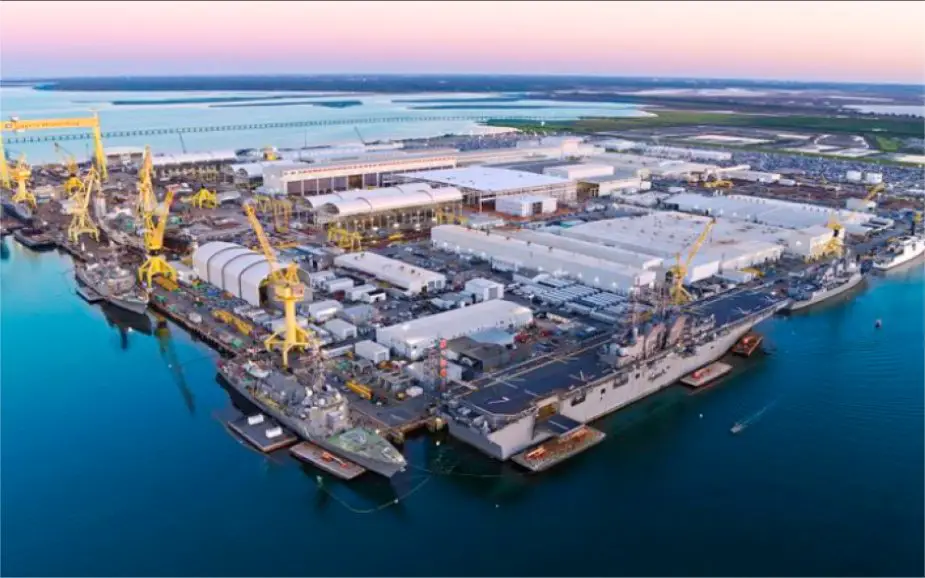Breaking news
Huntington Ingalls begins construction of the new San Antonio class LPD Pittsburgh.
According to a PR published on September 9, 2022, HII’s Ingalls Shipbuilding division started fabrication of the U.S. Navy’s newest San Antonio-class amphibious transport dock Pittsburgh (LPD 31). The start of fabrication signifies that the first 100 tons of steel have been cut for the ship.
Follow Navy Recognition on Google News at this link
 Huntington Ingalls Industries' shipyard (Picture source: HII)
Huntington Ingalls Industries' shipyard (Picture source: HII)
Ingalls has delivered 12 San Antonio-class ships to the Navy and has three more under construction, including Richard M. McCool (LPD 29), Harrisburg (LPD 30), and Pittsburgh (LPD 31), which will be the second Flight II LPD.
LPD Flight II is the next generation amphibious ship to replace Whidbey Island (LSD 41) and Harpers Ferry (LSD 49) classes of dock landing ships. Amphibious transport docks are a major part of the Navy’s 21st-century expeditionary force, deployed with a U.S. Marine Corps Air-Ground Task Force for amphibious and expeditionary crisis response operations that range from deterrence and joint-force enablement to humanitarian assistance and disaster relief.
LPD 31 is the fifth Navy vessel to be named after the historic city of Pittsburgh, Pennsylvania. The first ship was an ironclad gunboat and served during the American Civil War. Since then, the name Pittsburgh has been assigned to four vessels that have served the U.S. during conflict.
The San Antonio class amphibious transport dock has a length of 684 ft (208 m), a beam of 105 ft (32 m), and a draft of 23 ft (7.0 m). The ship is armed with two Bushmaster II 30 mm close-in-guns, two Rolling Airframe Missile launchers.
An amphibious transport dock, also called a landing platform/dock (LPD), is an amphibious warfare ship, a warship that embarks, transports, and lands elements of a landing force for expeditionary warfare missions.
The ships are generally designed to transport troops into a war zone by sea, primarily using landing craft, although invariably they also have the capability to operate transport helicopters.
The class was designed to minimize radar signature. Techniques that reduce radar cross-section (RCS) make the ships more difficult to locate and target.
Enhanced survivability features include improved nuclear blast and fragmentation protection and a shock-hardened structure. The fiber-optic shipboard-wide area network (SWAN) connects onboard-integrated systems. The network will allow "plugin and fight" configuration, updating, and replacing hardware more easily when newer technology becomes available.


























